Mihir Mishra in New Delhi
What makes one company succeed, while another, in the same operating environment, falter? Sometimes, luck plays a role but in most cases in business history, the difference between survival and extinction is more about discipline versus excess, adaptation versus rigidity.
Just look at the divergent stories of Kodak and Fujifilm -- both legendary firms in the film business.
While Fuji realised its days were numbered and managed to reinvent itself by launching new -- yet unrelated -- business lines in things like cosmetics and optical films for LCD flat-panel screens, Kodak is a shadow of its former self because it couldn't articulate a strategy beyond images.
A tale of two airlines: Kingfisher vs IndiGo
In India, a similar tale of contrasting approaches -- and fortunes -- can be seen in the airline industry.
While Kingfisher airlines cannot be relegated to the dustheap of airline history as yet, its abysmal performance in the last few years makes it stand out in stark contrast to IndiGo -- India's most profitable airline.
Why did one soar and the other plummet?
...
A tale of two airlines: Kingfisher vs IndiGo
Mallya's many models
While both airlines declined to comment for this story, an analysis of the operating history of both Kingfisher and IndiGo sheds some light on that question.
One answer has to do with Kingfisher's schizophrenic approach to a business model. Kingfisher was launched as an all-economy, single-class configuration aircraft with food and entertainment systems.
After about a year of operations, the airline suddenly shifted its focus to luxury. It changed the configuration of its Airbus 320 aircraft (around 14 of them in the fleet back then) to 20 business class and 114 economy class seats from 180 all-economy seats.
...
A tale of two airlines: Kingfisher vs IndiGo
"Kingfisher made too many changes in their business model and strategies and that led to strategic weakness," said Kapil Kaul, Chief Executive Officer (South Asia) for Centre for Asia Pacific and Aviation, an airline consultancy firm. This had a major impact on the airline.
"When an airline keeps changing its model and takes to random expansion, there is no time for the airline to stabilise," said an industry insider, on condition of anonymity.
On the other hand, IndiGo preferred to wait and have a solid business plan in place. Its plan was to stick to operating a single configuration aircraft, providing point-to-point connectivity.
...
A tale of two airlines: Kingfisher vs IndiGo
The airline launched with one aircraft and had a plan to add an aircraft every six weeks, giving them enough time to stabilise. Furthermore, the plan also meant sticking to its low-frills airline identity where meals and drinks were sold on-board and not given away for free.
After Kingfisher's plunge into luxury came its next folly -- a merger with Air Deccan, an airline formed by Captain G R Gopinath in 2003.
The all-economy configuration of Air Deccan was rebranded and called Kingfisher Red, which continued to operate as its low-cost wing till recently. Kingfisher ended up spending Rs 550 crore (Rs 5.5 billion) on an airline that had losses of over Rs 550 crore.
...
A tale of two airlines: Kingfisher vs IndiGo
It is widely believed that Kingfisher merged itself with Air Deccan so that it could classify as an airline with five years of domestic flying in 2008, thus fulfiling requirements to fly international routes.
The fact that Jet had meanwhile swallowed Air Sahara didn't help, fuelling a competitive race to be the biggest airline around. Global developments at the time simply exposed the soft underbelly of the airline.
"Whenever Kingfisher made an important and strategic move (to acquire Deccan and then the financial restructuring with banks converting part of debt into equity, for instance), the overall market conditions changed," said Kapil Kaul.
...
A tale of two airlines: Kingfisher vs IndiGo
Essentially, jet fuel prices began to sky-rocket and soon touched $150. Then came the 2008 recession that made fundamentals in the airline industry worse, which is when the airline launched its international operations.
It didn't help that Kingfisher was very aggressive with its international expansion, launching long-haul as well as short-haul flights.
"Kingfisher wanted a lot of rights in one go. We also advised them to be gradual but they were hell bent on aggressive expansion," said a senior civil aviation ministry official, on condition of anonymity.
...
A tale of two airlines: Kingfisher vs IndiGo
IndiGo, however, continued its gradual expansion and waited for five years to launch its international operations, although, arguably, the airline had to wait those five years because of airline industry regulations.
Still, it wasn't tempted to find loopholes to expand aggressively in what was a rapidly growing market.
...
A tale of two airlines: Kingfisher vs IndiGo
IndiGo's measured take-off
An experienced and professional team in the cockpit is a basic requirement for any airline to be able to withstand stormy skies.
Yet, "things went out of control further because Kingfisher never had a professional airline management in place," said Chennai-based aviation analyst Mohan Ranganathan, who is part of various government committees on aviation.
Kingfisher Airlines' Nigel Harwood was appointed when the airline was launched in May 2005, but left after over a year.
...
A tale of two airlines: Kingfisher vs IndiGo
The airline never had another CEO till September 2010 with Mallya insisting on running the airline until finally relinquishing control by appointing Sanjay Aggarwal as CEO.
IndiGo's approach was more measured and professional. "It's first CEO, Bruce Ashby, was in India 18 months before the launch, and an experienced team at the management/board level has been key reason of IndiGo's success," said Kaul, adding that the biggest reason for the airline's success is its sharp focus on key deliverables like on-time performance, low fares, consistent onboard and ground service.
This slow and steady approach has made IndiGo the second-largest airline in terms of passenger carriage in a matter of over five years (it commenced operations in August 2006) with a fleet of 50 aircraft.
...
A tale of two airlines: Kingfisher vs IndiGo
IndiGo is behind domestic market leader Jet Airways, in business since 1993 and operating a fleet of 100 aircraft.
Kingfisher Airlines, with a fleet of 40 aircraft (20 more are grounded), is the fourth- largest in terms of passenger carriage, below Air India which ranks third.
Another difference between IndiGo and Kingfisher is in the former's ability to strike savvy deals -- especially for its aircraft.
...
A tale of two airlines: Kingfisher vs IndiGo
"The 100 Airbus aircraft deal signed in 2005 was a game changer as they managed to get an exceptional price and gave them the strategic ability to leverage it significantly," Kaul adds.
The deal was to buy 100 Airbus 320 aircraft and every aircraft would be returned after six years. The airline has already received 50 aircraft and the rest is to join the fleet till 2015.
However, the real upside in IndiGo's deal was a clause that ensured that Airbus would be responsible for anything going wrong with aircraft parts in subsequent years.
...
A tale of two airlines: Kingfisher vs IndiGo
Photographs: Reuters
For instance, when a problem was reported in the silver screw in the Airbus 320 engines in both IndiGo's and Kingfisher's aircraft, Kingfisher had to ground some aircraft while IndiGo's problem was immediately taken care of by the manufacturer.
Predictably, the Gurgaon-based carrier which launched in 2006 is the most profitable airline in the country.
In the last financial year, the airline's profits rose from Rs 551 crore (Rs 5.51 billion) to Rs 650 crore (Rs 6.5 billion), the third straight year that the airline was in the black.
...
A tale of two airlines: Kingfisher vs IndiGo
Kingfisher Airlines on the other hand is awash in a sea of red. It recorded a loss of Rs 1,027.40 crore (Rs 10.27 billion) in 2010-11 and has losses of Rs 1,175 crore (Rs 11.75 billion) for the first three quarters of the current fiscal already, with accumulated losses of around Rs 6,000 crore (Rs 60 billion).
Its debt burden is now over Rs 7,000 crore (Rs 70 billion) and it recently reported a reduction in major sectors.
Its financials are so bad that Oneworld Alliance which operates over 9,300 daily flights, carrying 335 million passengers on a combined fleet of over 2,400 aircraft globally has declined to admit Kingfisher into the alliance.
Some companies just fail to learn -- either from the examples that its peers may have set for the industry, or from its own past mistakes.
...
A tale of two airlines: Kingfisher vs IndiGo
Photographs: Reuters
Now, Kingfisher has decided to change its model yet again -- discontinuing its Kingfisher Red brand and completely converting its fleet to a dual class, full-service configuration.
This, industry observers feel, will reduce the chances of a revival since 75 per cent of domestic capacity is in the low-cost sector and international low-cost carriers are launching flights in the short-haul international sector as well, namely in West Asia and Southeast Asia.
That's not good news for an airline that's struggling to survive.

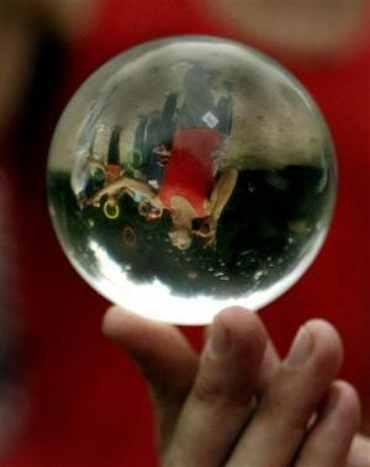
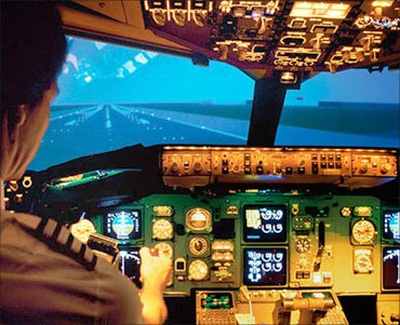
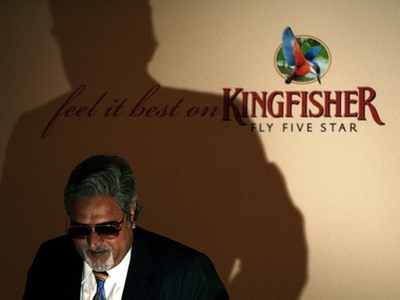
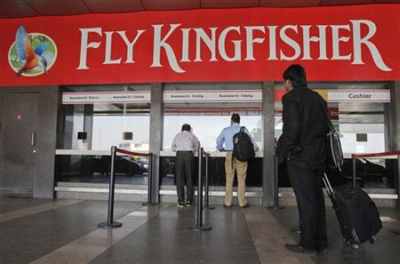

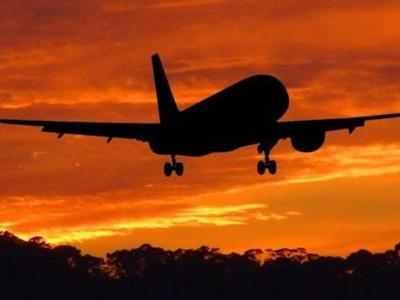
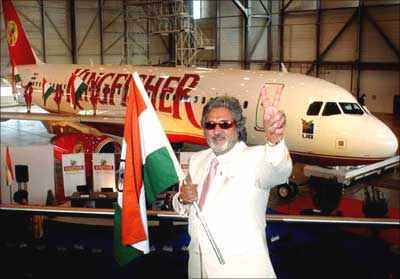
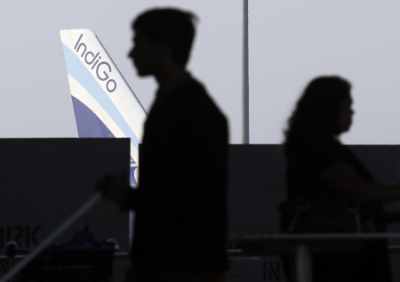


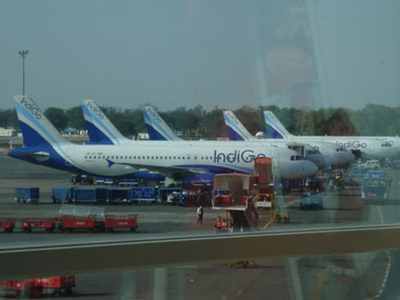



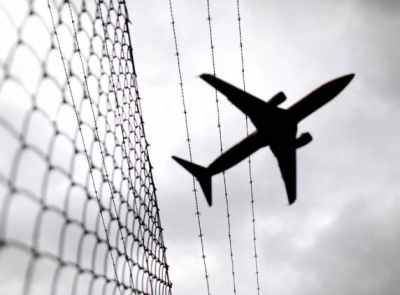

article